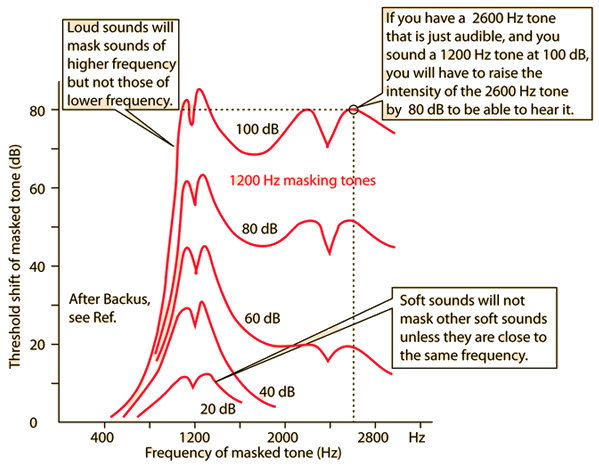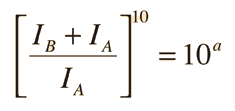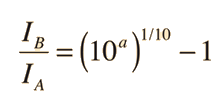Masking Curves
Shown are the masking effects of 1200 Hz tones of various intensities. Note that it is effective in masking sounds above it in frequency, but not below. The dips at 1200 and 2400 come from the effects of beats, which make the masked tone easier to detect.

Backus credits this data to Harvey Fletcher in "Speech and Hearing in Communication", p155"
Although masking is a complex phenomena, the experience of masking of higher frequency sounds by strong low frequency sounds is common experience and of considerable significance to orchestration. It is easy to create circumstances where a strong bass brass section can mask the softer, higher frequency sounds of the woodwind section.
Loudness concepts
Hearing concepts
Reference
Backus
Ch 5
| HyperPhysics***** Sound | R Nave |


